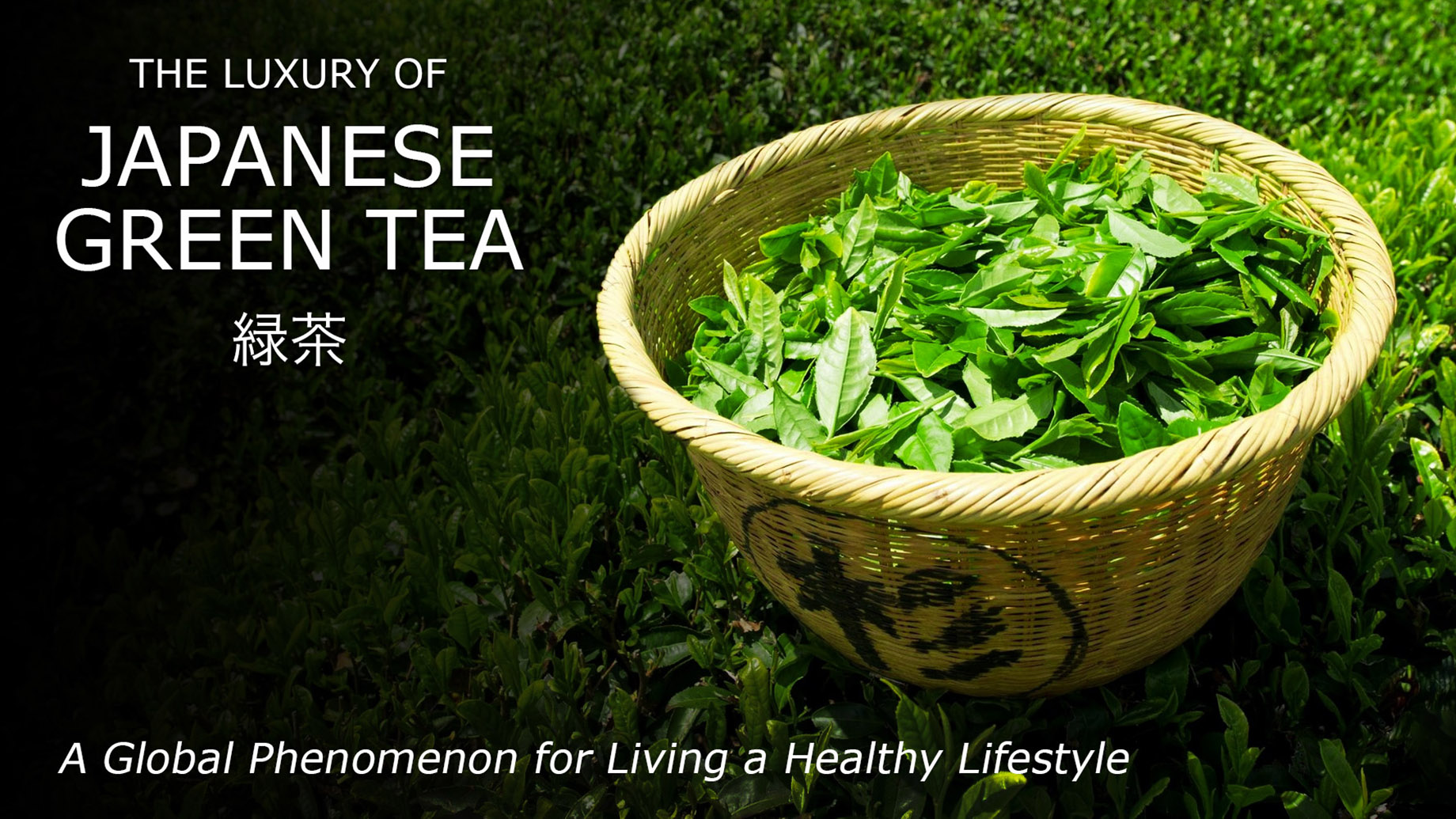
The Asian cultural delight of green tea exudes remarkable health benefits and high levels of powerful antioxidants that prove to be a luxury in extending human lifespan.
An easy way to introduce green tea into your routine is to replace your morning cup of coffee with green tea with matching black tea cosy, which still provides the caffeinated boost you crave.
Originating in China before becoming ubiquitous in Japan, green tea has since become a global phenomenon for living a healthy lifestyle. Below are several types of Japanese green teas that help boost your immune system.
Matcha
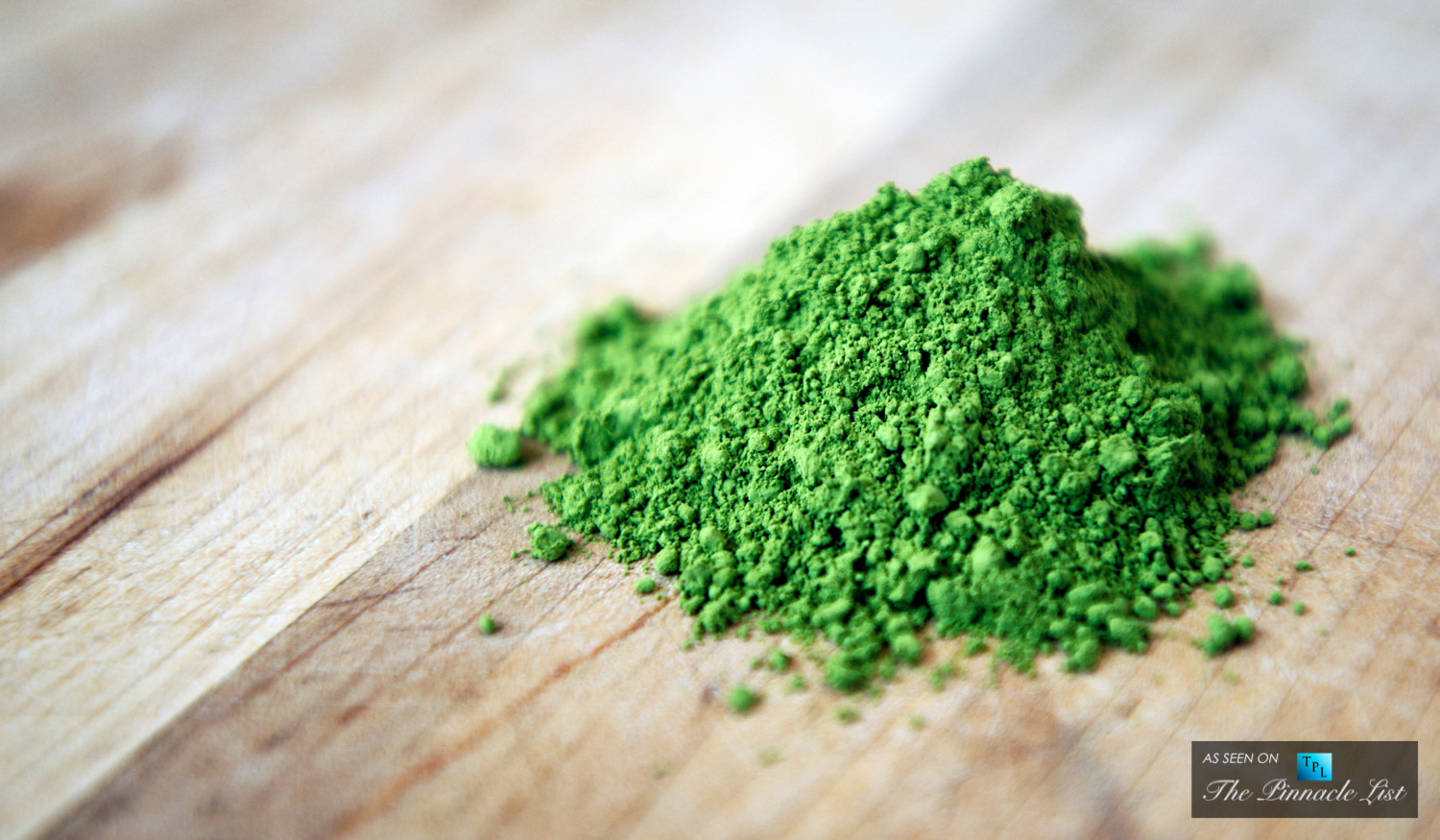
Matcha is made of high-quality green tea leaves, finely milled to form a powder. Traditionally, Matcha is used in Japanese tea ceremonies, and now recently to flavour desserts, such as green tea ice cream. Additionally, matcha can be mixed with baking powder for a morning detox. Honest Food Talks has a delicious matcha latte recipe that you might want to try out as well.
Shincha
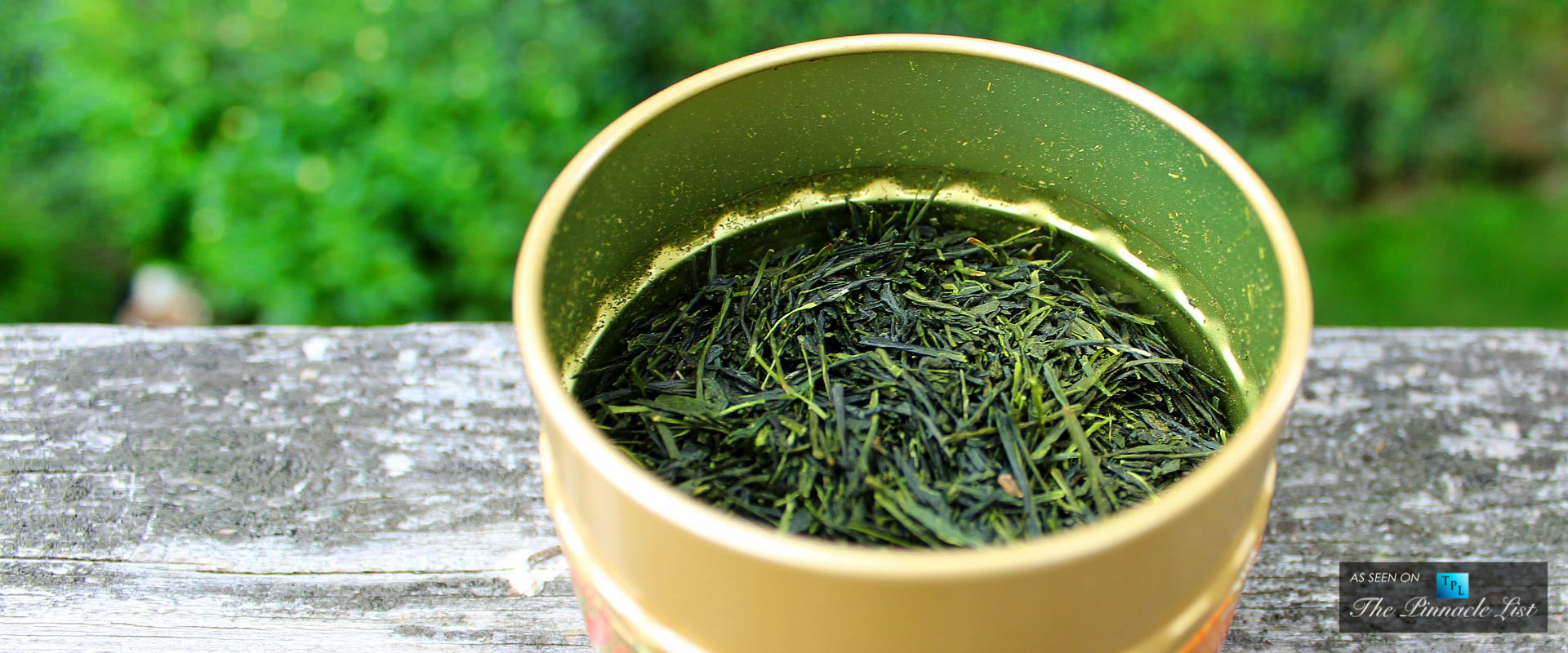
Cultivating Shincha typically occurs from the first batch of harvests in early spring after green tea plants store nutrients and antioxidants in winter – accounting for a sensational sweet flavour.
Genmaicha
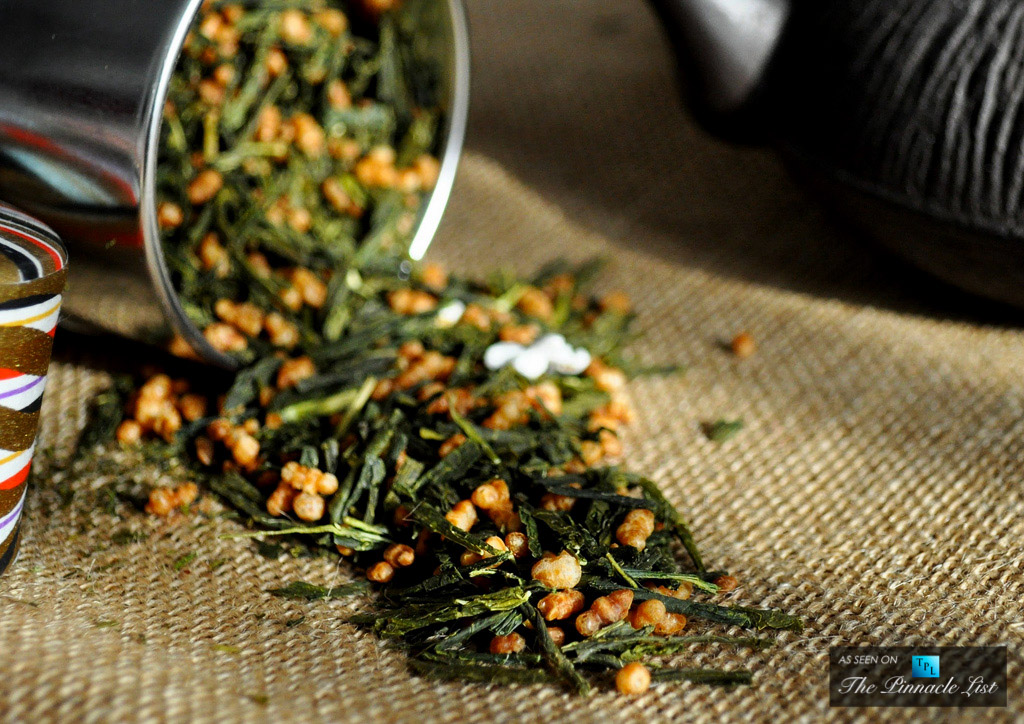
Genmaicha has a unique mild flavour and delightful aroma that tends to have less caffeine than other Japanese green teas due to its mixture with roasted brown rice.
Hojicha
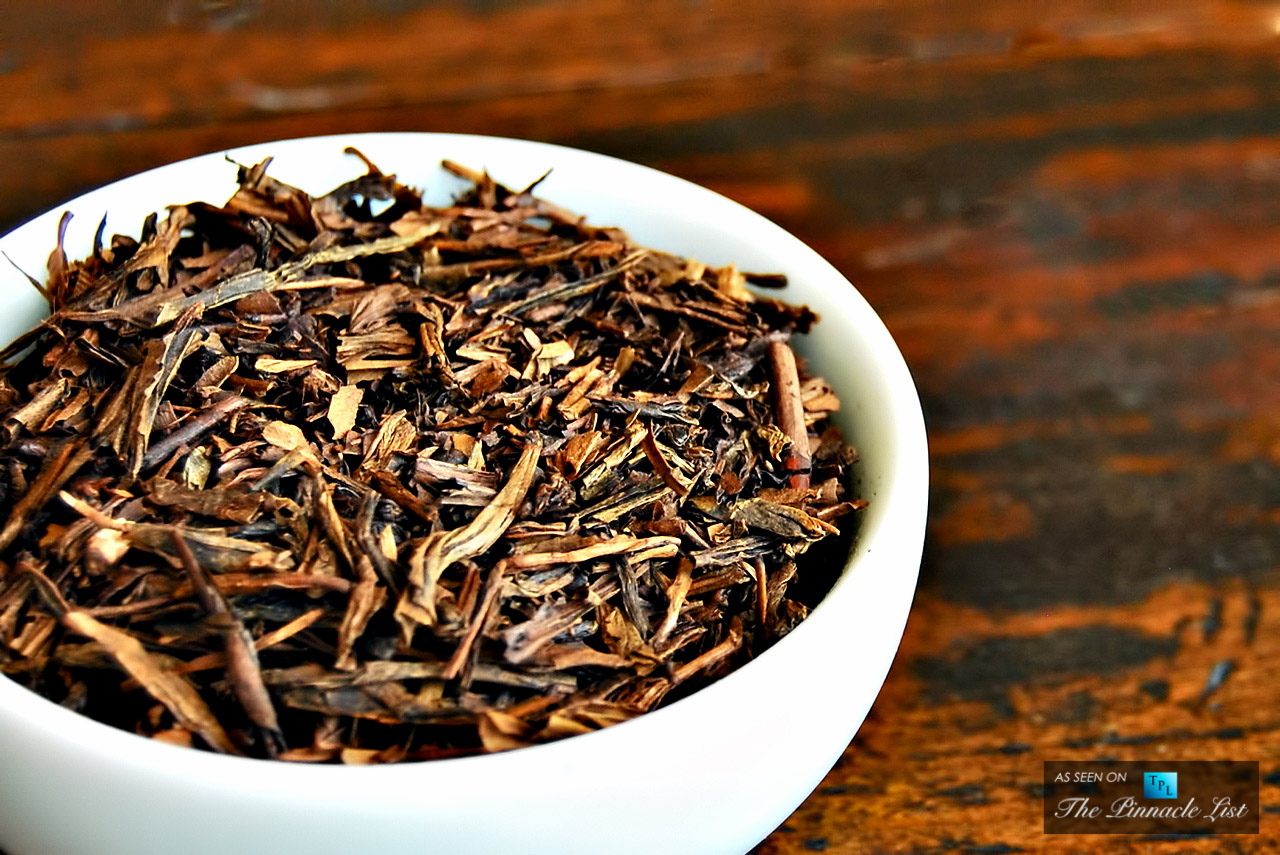
Hojicha tea leaves are roasted and very easy to distinguish due to its brown-reddish colour. The flavourful process of roasting reduces the amount of caffeine in the tea – making Hojicha a popular evening tea in Japan.
Kamairicha
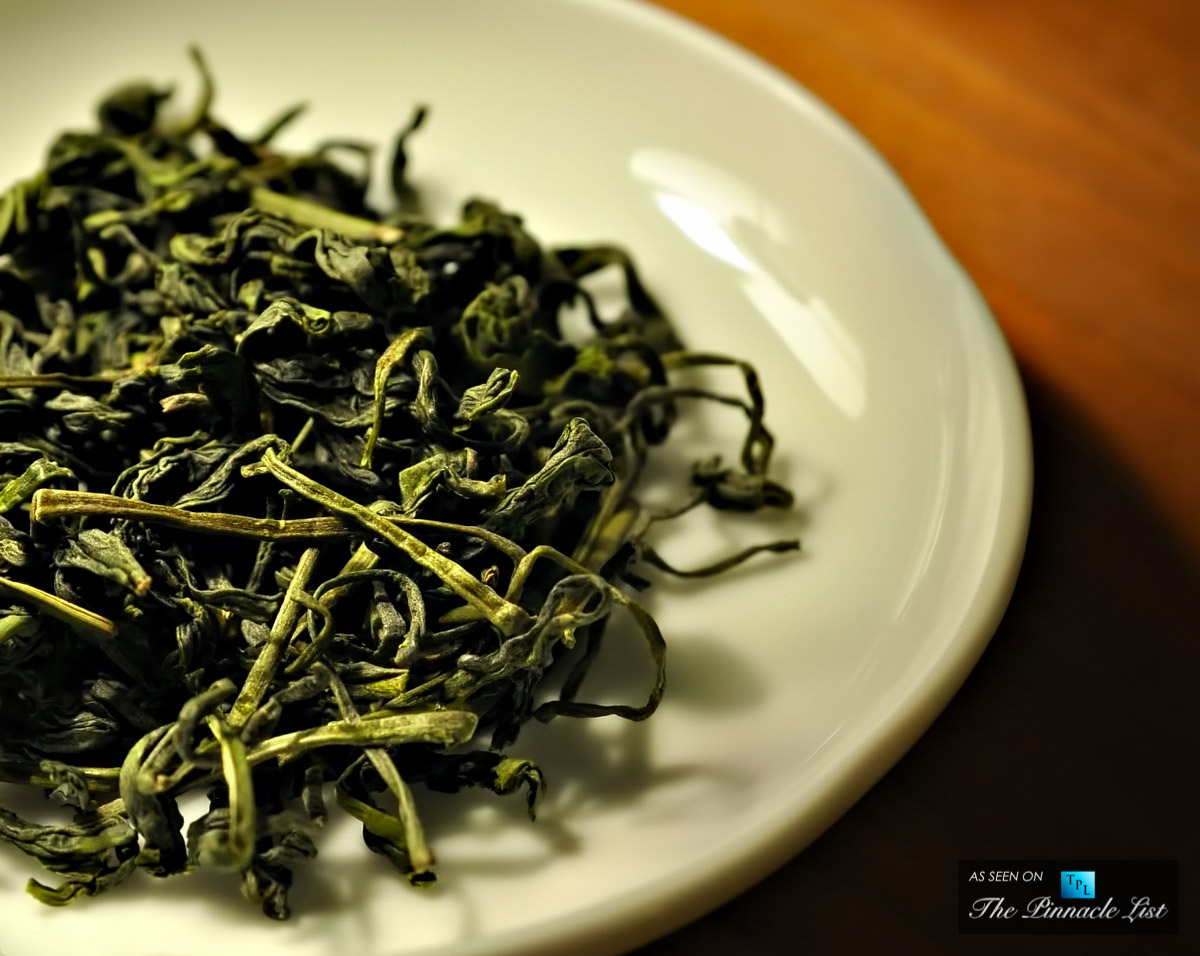
Kamaircha is not as bitter as other Japanese green teas because it is produced through a pan firing process that creates a mild and sweet taste.
Gyokuro
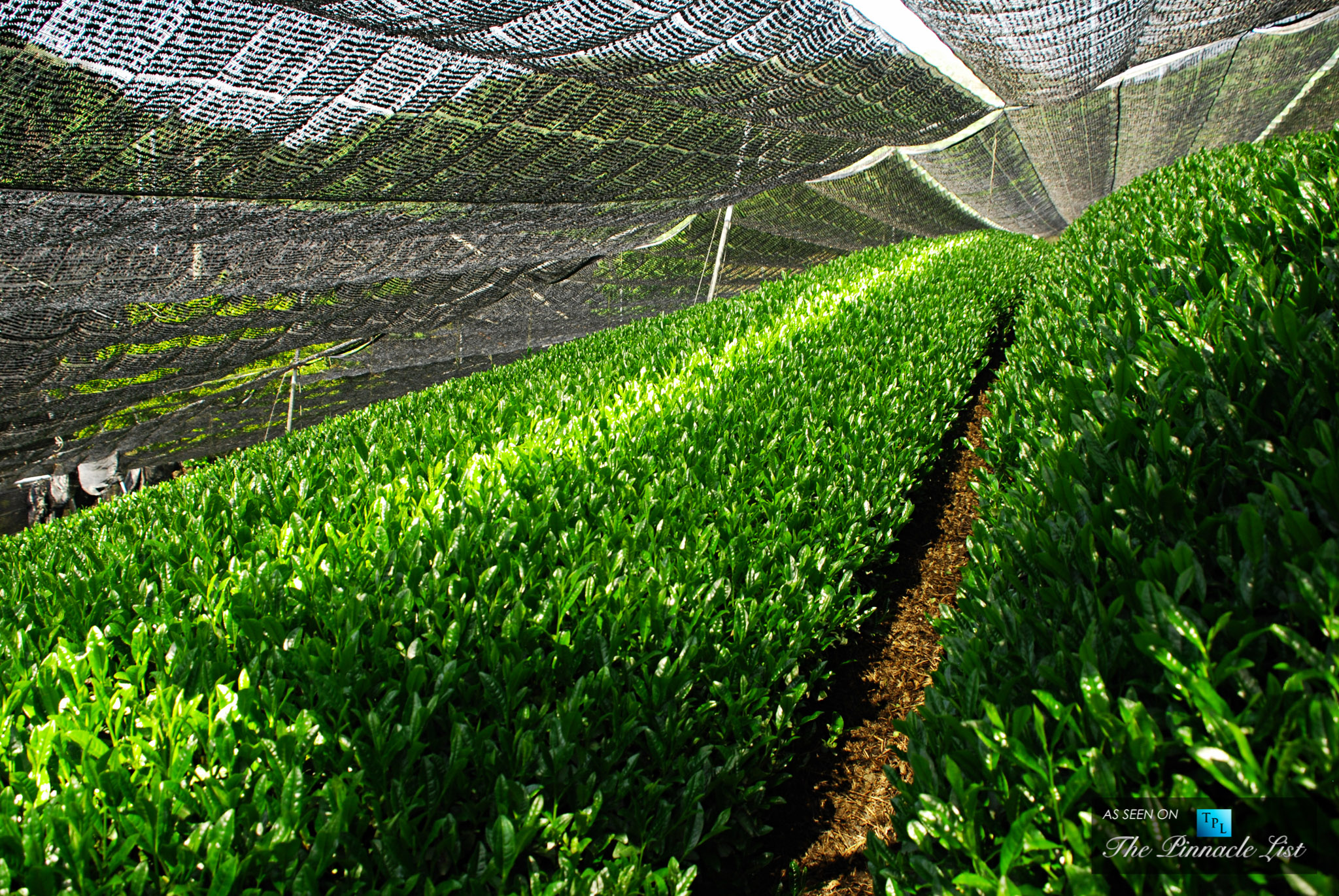
Gyokuro tea plants are covered for a period of two weeks before cultivation – yielding a sweet taste and distinct aroma.